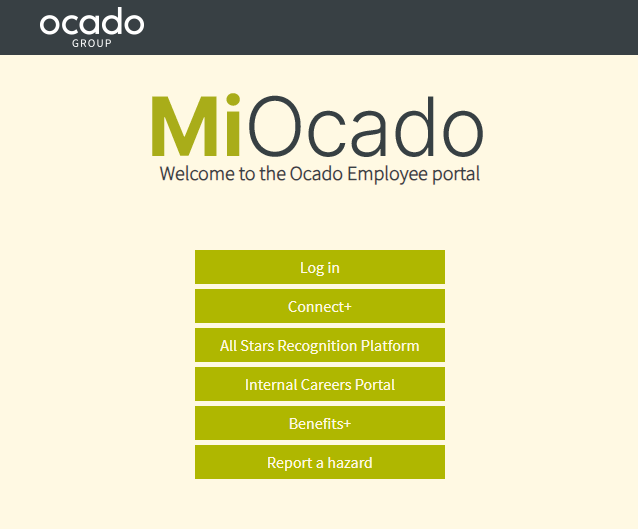How SOC services enhance compliance with regulations
Data breaches, cyber threats, and regulatory compliance have emerged among the topmost issues in the current times. Through continuous monitoring, threat detection, and compliance reporting, SOC service greatly assists organizations in living up to these regulations. Here are ways in which SOC services accomplish means of compliant regulation.
1. Compliance Monitoring Continual
Regulatory authorities are required to be active 24 hours, 365 days a year, in their business to real-time threats in security monitoring. Information channeling would lead to all networks, systems, and applications for monitoring compliance to help reverse-engineer potential deviations from it.
2. Compliance Report Generation in Automation
SOC services generate security logs and compliance reports for regulations set in the field of information technology such as GDPR, HIPAA, PCI-DSS, and ISO 27001. These automated reports very easily streamline the audit process by offering proof of compliance before regulatory authorities whenever required.
3. Incident Response Regulations Mandate
Several regulations can be thought of by organizations when establishing clear planning of incident response. Using SOCs to detect and respond effectively to any kind of threat will help organizations meet the time limit imposed by regulations for reporting and solving incidents and securing matters.
4. Necessary Intelligence in Risk Management
By using strategic threat intelligence, proactive identification and mitigation of threats have been successfully achieved by the SOCs. Regular analysis of threats acts as a comfort and confidence builder for organizations to gear their risk management practices as per the standards laid by the regulations to escape it at an avoidance level.
5. Data Protection and Encryption
Laws concerned with data protection like GDPR and CCPA are strict about what measures need to be adopted to safeguard sensitive information. A SOC does extend its services in providing data encryption, access control, and an additional layer for data protection with secure storage options, thereby maintaining non-compliance to a bare minimum.
6. Audit Trail, Forensic Investigation and Compliance
Organizations should maintain the audit trail for security activities specified in regulatory frameworks. Thus, any SOC service would record any occurrences of security events to enhance incident tracing and forensic investigations with sufficient evidence when audits are conducted.
7. Compliance should be ensured with Industry Specific Regulations
Different sectors are governed by different compliance requirements, such as HIPAA for healthcare and PCI-DSS protection for payment cards. Such SOC services are specifically designated to ensure methodologies of security in the organization function within borders set by industry regulation, thereby helping organizations meet compliance within their sector.
8. Access Control and identity management
The access control exercised by the SOC makes sure that only authorized persons gain access to sensitive systems and data. Compliance regulations demand very strong identity access management mechanisms to prevent unauthorized access and data breaches.
9. Keep every major security framework in alignment
SOC services use security standards such as NIST, CIS, and ISO27001 as guidelines. By using the best practices for the industry, an organization may also attain compliance by showing adherence to these standards.
10. Avoid Legal and Financial Risks
Regulations thus always result in very hefty fines, legal litigations and spoilt reputations on the part of non-compliance. In addition to this, the SOC service helps the organization in closing the loopholes of compliance proactively to minimize legal risk and financial loss.
Conclusion
Strategic conditioning of the SOC services introduction will give the organizations that intended this in compliance with various cybersecurity regulations. Monitoring, reporting, responding, and risk management move SOC services organizations one step further over the compliance hurdles. Thus an SOC guides organizations through regulatory compliance, sensitive data handling, and assurance to customers and other stakeholders.
SOC has turned out to be the way of the future and scaling to compliance under regulation states and ensures that the SOC protects all areas defined in scope for the organizations to perform their roles within all the industry as well as legal standards.







